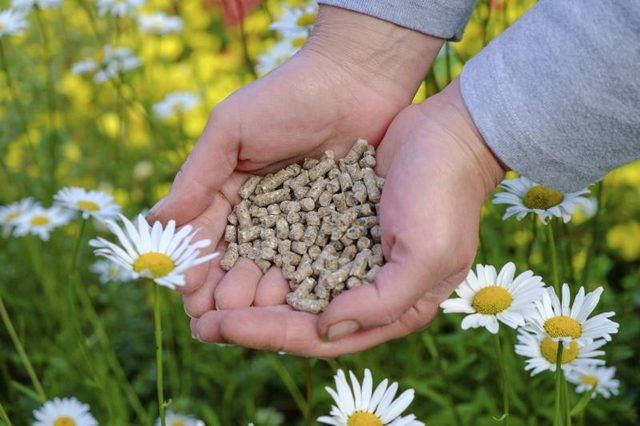Bulbs
Flower Basics
Flower Beds & Specialty Gardens
Flower Garden
Garden Furniture
Garden Gnomes
Garden Seeds
Garden Sheds
Garden Statues
Garden Tools & Supplies
Gardening Basics
Green & Organic
Groundcovers & Vines
Growing Annuals
Growing Basil
Growing Beans
Growing Berries
Growing Blueberries
Growing Cactus
Growing Corn
Growing Cotton
Growing Edibles
Growing Flowers
Growing Garlic
Growing Grapes
Growing Grass
Growing Herbs
Growing Jasmine
Growing Mint
Growing Mushrooms
Orchids
Growing Peanuts
Growing Perennials
Growing Plants
Growing Rosemary
Growing Roses
Growing Strawberries
Growing Sunflowers
Growing Thyme
Growing Tomatoes
Growing Tulips
Growing Vegetables
Herb Basics
Herb Garden
Indoor Growing
Landscaping Basics
Landscaping Patios
Landscaping Plants
Landscaping Shrubs
Landscaping Trees
Landscaping Walks & Pathways
Lawn Basics
Lawn Maintenance
Lawn Mowers
Lawn Ornaments
Lawn Planting
Lawn Tools
Outdoor Growing
Overall Landscape Planning
Pests, Weeds & Problems
Plant Basics
Rock Garden
Rose Garden
Shrubs
Soil
Specialty Gardens
Trees
Vegetable Garden
Yard Maintenance
Nutrient Value of Gypsum Fertilizer
Nutrient Value of Gypsum Fertilizer. Gypsum, or calcium sulfate, adds nutrients to your garden or lawn while improving drainage. Apply 2 to 4 pounds of gypsum per 100 square feet by hand-broadcasting it on the surface of the soil or lawn, or by using a seed-spreader to apply it to the surface. Watering the gypsum in is the last step, after which...

Gypsum, or calcium sulfate, adds nutrients to your garden or lawn while improving drainage. Apply 2 to 4 pounds of gypsum per 100 square feet by hand-broadcasting it on the surface of the soil or lawn, or by using a seed-spreader to apply it to the surface. Watering the gypsum in is the last step, after which your lawn and garden plants can begin reaping gypsum's benefits.
Crucial Calcium
Gypsum is composed of about 23 percent calcium. A lack of calcium in the soil leads to blossom-end rot. This plant disease is especially troublesome in tomatoes, eggplant and peppers, and causes the bottoms of these vegetables to turn black. Calcium deficiency also affects foliage. Generally, the newer leaves at the top of a plant will become misshapen. For ornamental plants or for leafy edibles, preventing this damage is especially important.
Drainage Doctor
Gypsum doesn't improve drainage by adding bulk to soil, as compost does. Instead, the calcium within gypsum neutralizes some of the sodium in clay soils. This is important, because excess sodium results in small, tightly packed particles. The compacted particles prevent water from passing from the soil surface to plant roots. By lowering sodium content, calcium allows for the larger, more well-spaced particles that encourage proper drainage.
Sulfur Supply
Sulfur makes up 19 percent of gypsum's composition. Plants growing in sulfur-deficient soil don't grow as quickly as plants growing in soils with sufficient sulfur. The plants are also less sturdy in low-sulfur garden beds, and may experience overall yellowing, or yellowing on the upper, younger leaves. Sulfur assists in the absorption of nutrients such as nitrogen. In areas where sulfur is severely low, plants also can't take in enough nitrogen for healthy growth.
Stopping Sourness
For gardens that have alkaline, or "sour" soils, gypsum makes a better calcium amendment than limestone. Limestone, used in some areas to treat calcium deficiencies, is also used to raise the pH level of acidic, or low pH, soil. If your soil is already on the alkaline, or high pH, side, however, adding limestone for calcium can have the side effect of raising the pH even higher. This increased alkalinity creates an inhospitable environment for most plants. Gypsum, on the other hand, does not raise the pH level of soil.